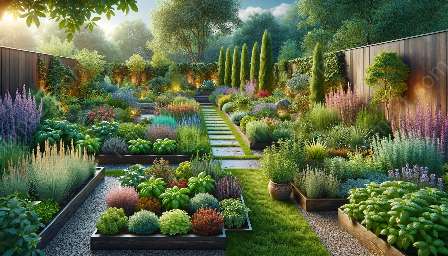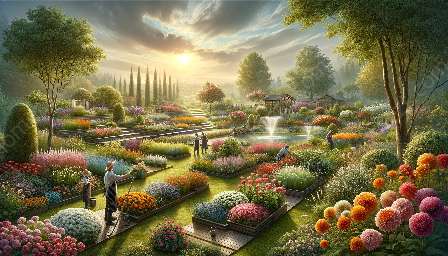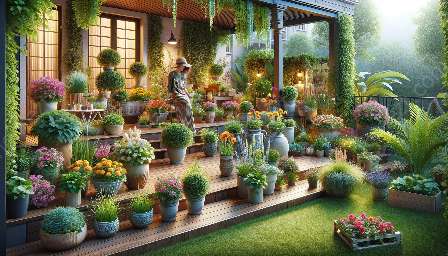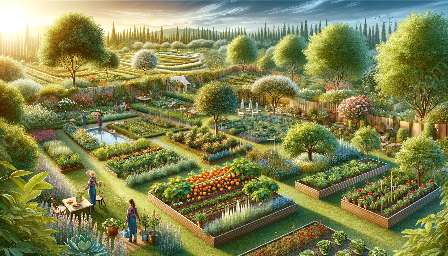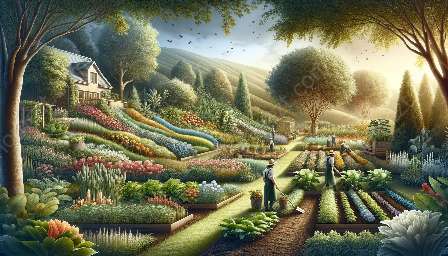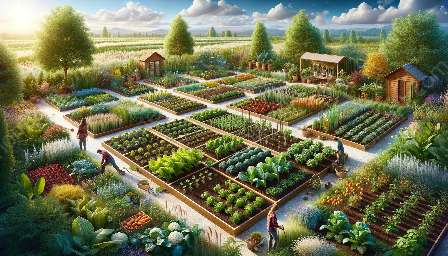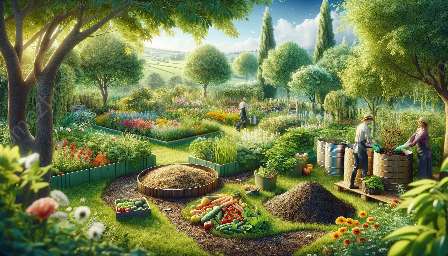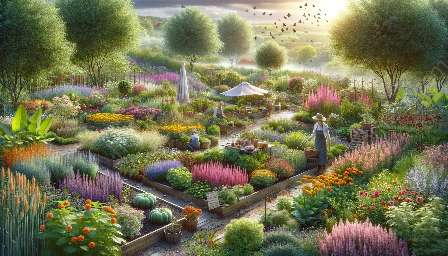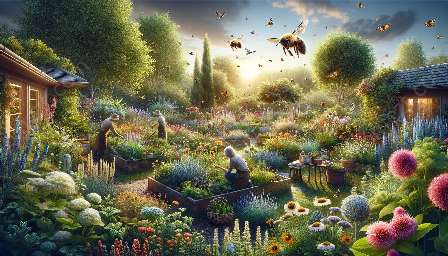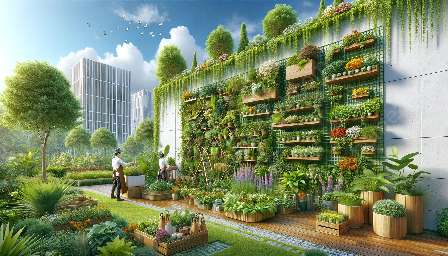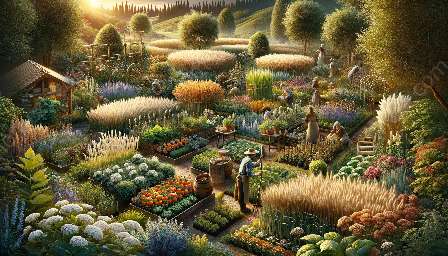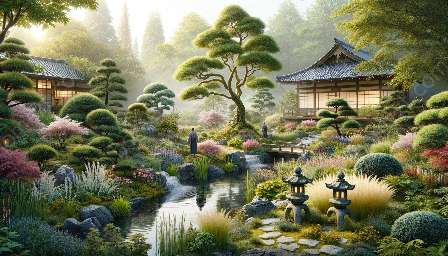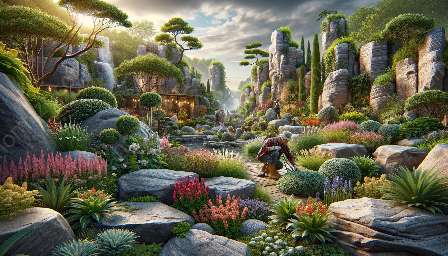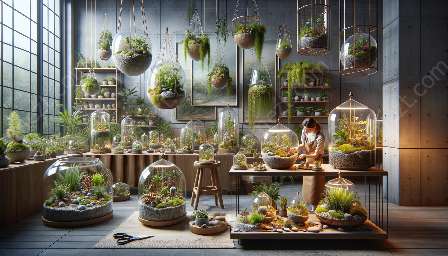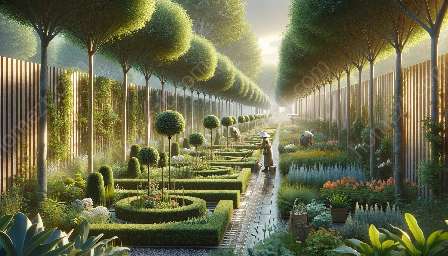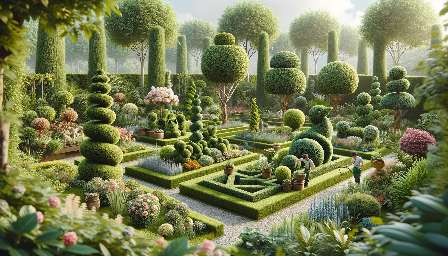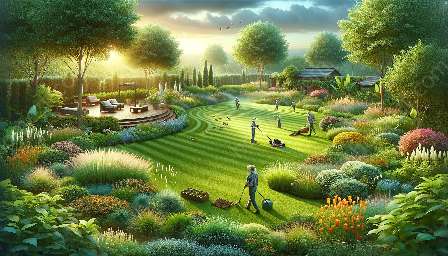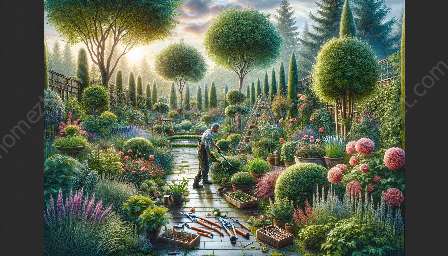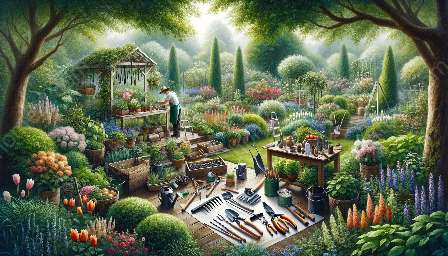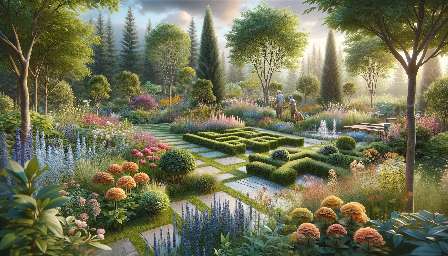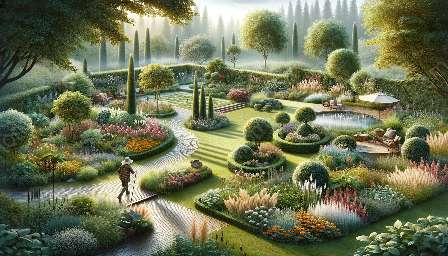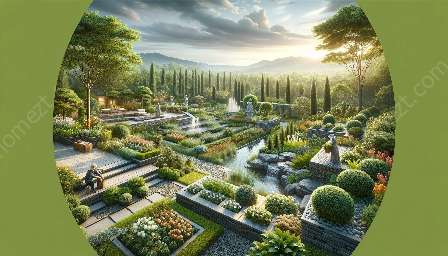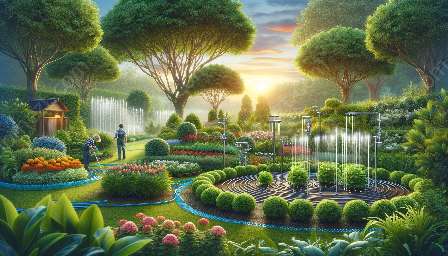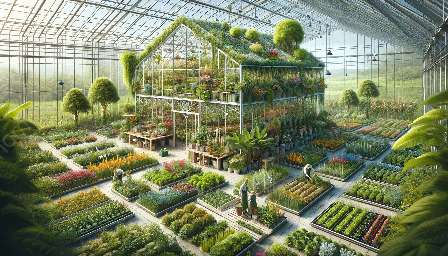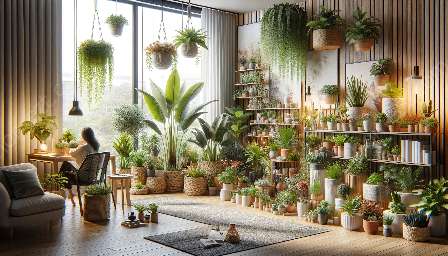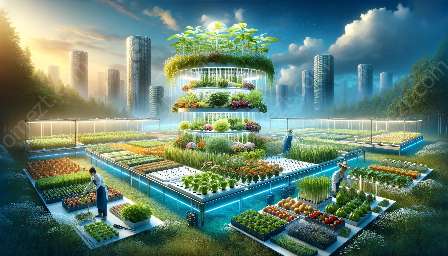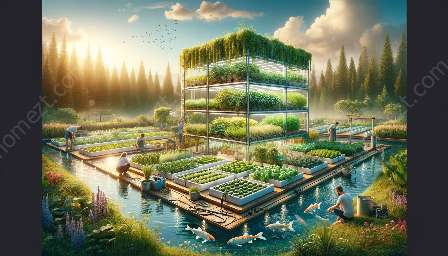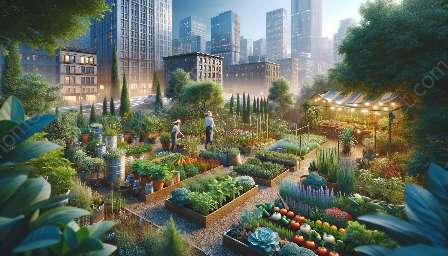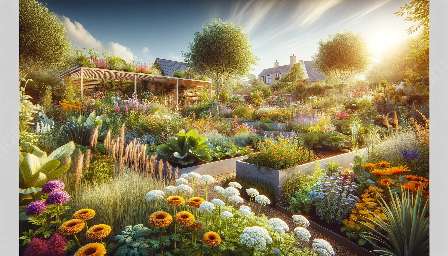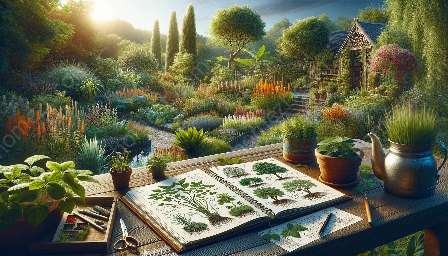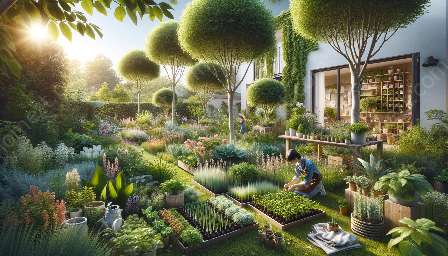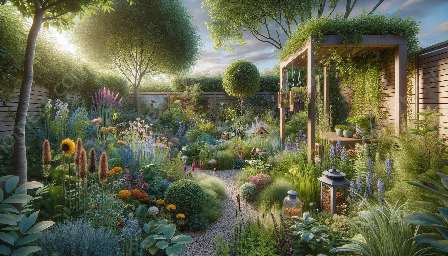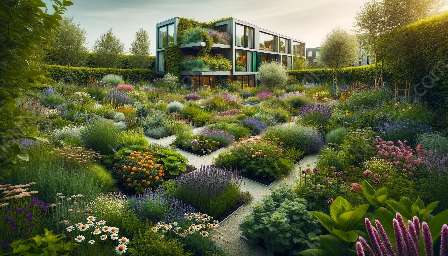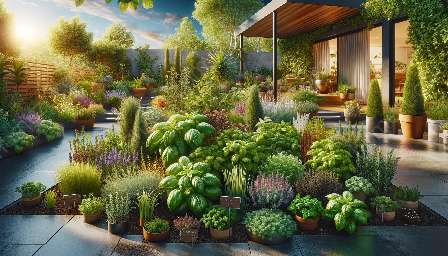The Importance of Pollinator-Friendly Gardening
Pollinators play a vital role in maintaining healthy ecosystems and food production. By creating a garden that is welcoming to these essential creatures, you contribute to the preservation of biodiversity while reaping the benefits of sustainable gardening.
Understanding Pollinator-Friendly Gardening
Pollinator-friendly gardening involves cultivating a diverse range of plants that provide nectar, pollen, and habitat for pollinators such as bees, butterflies, and hummingbirds. By incorporating native plants and flowers, you can create an eco-friendly garden that supports the local pollinator population.
Companion Planting and Pollinator-Friendly Gardening
Companion planting, the practice of growing mutually beneficial plant species together, complements pollinator-friendly gardening. By strategically interplanting compatible species, you can enhance the garden's attractiveness to pollinators while promoting overall plant health.
Garden Design and Landscaping for Pollinator Support
When designing a pollinator-friendly garden, consider incorporating varied heights and bloom times to provide year-round food and habitat for pollinators. Additionally, creating a water source and minimizing pesticide use are crucial elements of a pollinator-friendly landscape.
Tips for Creating a Pollinator-Friendly Garden
- Choose Native Plants: Select indigenous plant species, as they have evolved alongside local pollinators and provide the most suitable food sources.
- Provide Shelter and Nesting Sites: Incorporate shrubs, trees, and natural structures to offer protection and nesting opportunities for pollinators.
- Opt for Diversity: Plant a variety of flowers with different colors, shapes, and bloom times to attract a broad range of pollinators.
- Companion Planting: Utilize companion planting techniques to create symbiotic relationships between plants, promoting pollinator attraction and garden health.
- Limit Chemical Use: Minimize the use of pesticides and herbicides to protect pollinators and other beneficial insects.
- Spread the Word: Educate and inspire others to join the pollinator-friendly gardening movement, fostering community support for a sustainable habitat.
The Beauty of Pollinator-Friendly Landscaping
By implementing pollinator-friendly gardening practices, you not only contribute to environmental conservation but also create a visually stunning and dynamic garden space. The vibrant colors and activity of pollinators add an extra dimension to your landscaping, enhancing the overall aesthetic appeal.
Conclusion
Embracing pollinator-friendly gardening with the support of companion planting and landscape design not only nourishes the earth but also enriches your gardening experience. By nurturing a biodiverse and sustainable ecosystem, you can savor the beauty and vitality of a harmonious garden while making a positive impact on the environment.
Take the first step towards a pollinator-friendly garden and harmonious landscape, and witness the flourishing beauty and balance that come with honoring and supporting these vital creatures.


